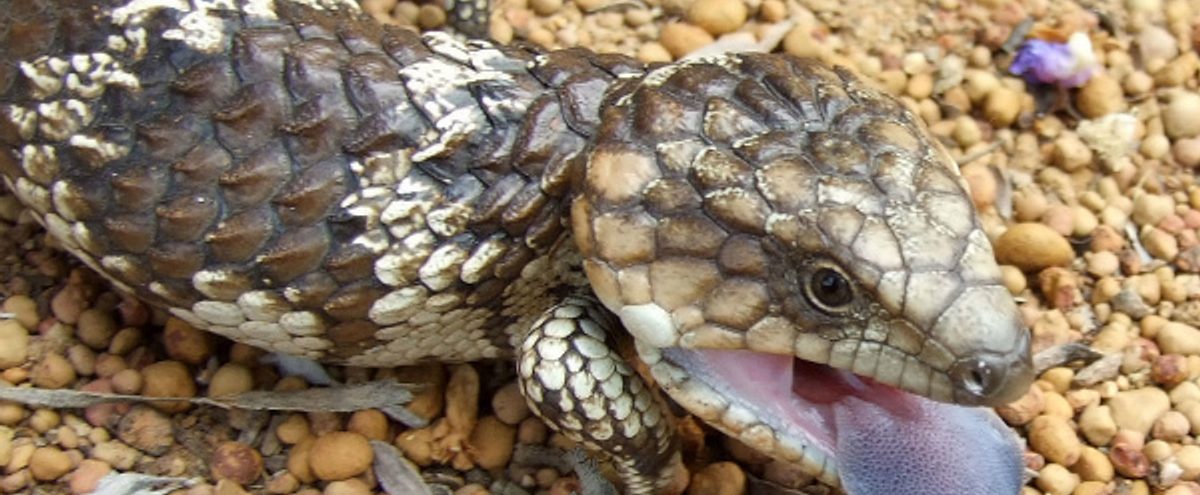
Reptiles
There are 68 species of native reptiles found in the region, including two species of tortoises, three turtle species, six lizard species, seven species of gecko and seven legless lizard species, 29 species of skink, two goanna species and 10 species of snake. Of these 10 are considered threatened at the state or national level and another six are considered threatened within this region.
Commonly sighted reptiles
Changing land practices since European colonisation have led to the decline of many species. However, these same changes have favoured others. These include the Brown Snake, which likes long grass on cleared land, and the Eastern Water Dragon, which was introduced to the region. Other species such as the Blue-tongue Lizard have adapted well to the altered landscape and are persisting despite the urbanisation of much of this region.
Goanna Watch
Find out more about the Heath Goanna, an endangered monitor lizard.
Threats
Some of the major threats to reptile conservation are:
- Climate change, drought and severe weather – including the threat of long-term climatic change which may be linked to global warming and other severe climatic/weather events e.g. droughts, temperature extremes, storms and flooding.
- Predation by feral and uncontrolled cats and European foxes – native species have adapted to a suite of native predators but are not easily able to coexist with introduced predators. Domestic cats also have the potential to kill native wildlife. However there are things that you can do to help protect both cats and wildlife.
- Pollution and poisoning – the general use of farming chemicals is considered to threaten some reptile species.
- Water management and use – the regulation of rivers and diversion of water for urban supplies, industry and agricultural production have significantly altered flow regimes. Species requiring wet or moist conditions, and with narrow habitat requirements, will be most affected by water management and use. Impacts will likely be more pronounced during dry seasons and extended drought periods where human use tends to exacerbate already low levels.
- Inappropriate fire regimes – while fire is a natural part of the landscape, changes to factors such as fire frequency, season and intensity can change habitat suitability for fauna.
Current highlights
Find out more about key species and view a list of threatened native reptiles found in the region.

Name: Cunningham’s skink
Scientific name: Egernia cunninghami
Regional status: Vulnerable Related links:

Name: Heath goanna
Scientific name: Varanus rosenbergi
Regional status: Endangered Related links:

Name: Pygmy blue-tongue lizard
Scientific name: Tiliqua adelaidensis
Regional status: Endangered Related links:

Name: Yellow-bellied water skink
Scientific name: Eulamprus heatwolei
Regional status: Vulnerable Related links:

